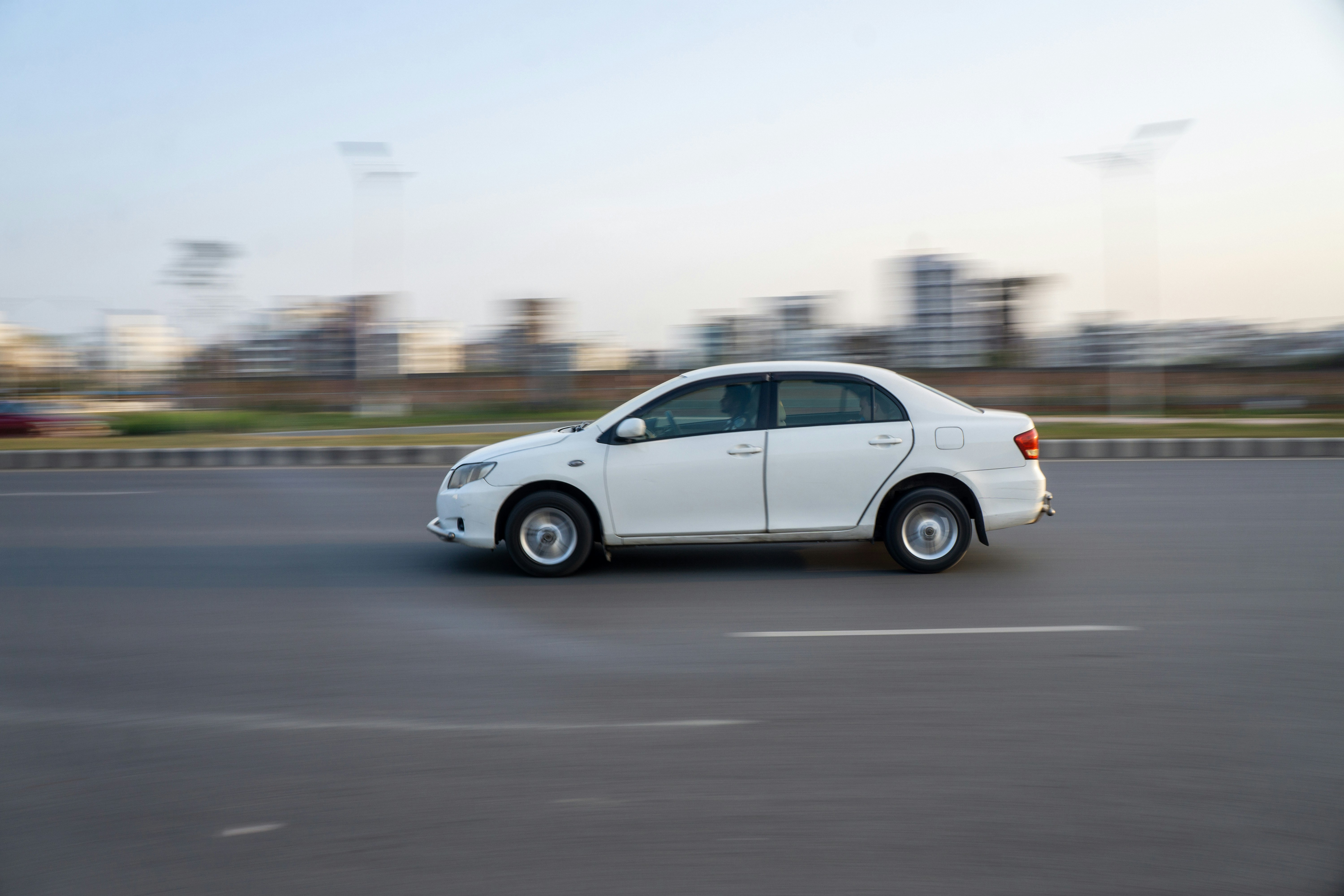The daily commute – a forgotten yet critical element of employee safety.
Many companies state their commitment to ensuring that their employees "get home safe at the end of the day,” while overlooking the risks associated with their daily commute. Could it be that what these companies really mean is “leave work safe at the end of the day?”
This commitment to safety is important, but considering how a day at work can affect a person’s state of mind when they get in the car, is this enough?
What’s it like in your organisation? Has your team considered how essential it is that employee safety extends beyond the confines of the workplace itself? Are there measures in place to support employees in getting home safely once their workday is over?
The Commuting Conundrum
Every day, millions of employees around Australia and New Zealand commute to their workplaces, often spending considerable time on the road.
Australian Census data from 2021 revealed that 53% of the working population drove to work on census day. This is down from 69% in 2016, with COVID-19 having had an impact on the journey information in the 2021 census.
Driving a private car, truck, or van was the most common mode of travel for employed people aged 15 years or over, with 58% of employed adults using this as their main means of travel. A note in the 2021 census also tells us that this has been the most common response since the question was first asked in 1976.
With over 50% of the working population in each country driving to work, that’s a lot of employees exposed to a risk many businesses have not yet identified.
Identifying risks and enhancing safety
Vehicles are defined as workplaces in the Health & Safety Acts across New Zealand and Australia. However, it varies as to whether the obligation to businesses extends to the commute to and from work. While managing this risk isn’t mandatory, ignoring it can seriously impact your organisation and its commitment to safety.
The obvious risk is the potential for an employee to crash during their commute, which can lead to anything from a few hours off work dealing with a minor incident to extended leave for more severe incidents, including fatalities. And it’s not just about time away from work; it’s also about the stress and mental toll such incidents can have on your employees.
Making commutes safer
How can we make these commutes safer? While there are multiple approaches, fostering a culture of safety starts with awareness and conversation. Encouraging discussions about safe commuting practices and sharing routes and driving tips among employees are great starting points.
Companies that prioritise the safety and wellbeing of their staff will recognise the importance of a safe commute. It’s about more than stating a commitment; it’s about practical measures to support this claim. By taking steps to make the daily commute safer, organisations can ensure that their employees really do "get home safe at the end of the day".
One final thought. While we’ve focused purely on the commute to work here, promoting general road safety can help keep your team – and their passengers - safe anytime they are behind the wheel.






.png)

